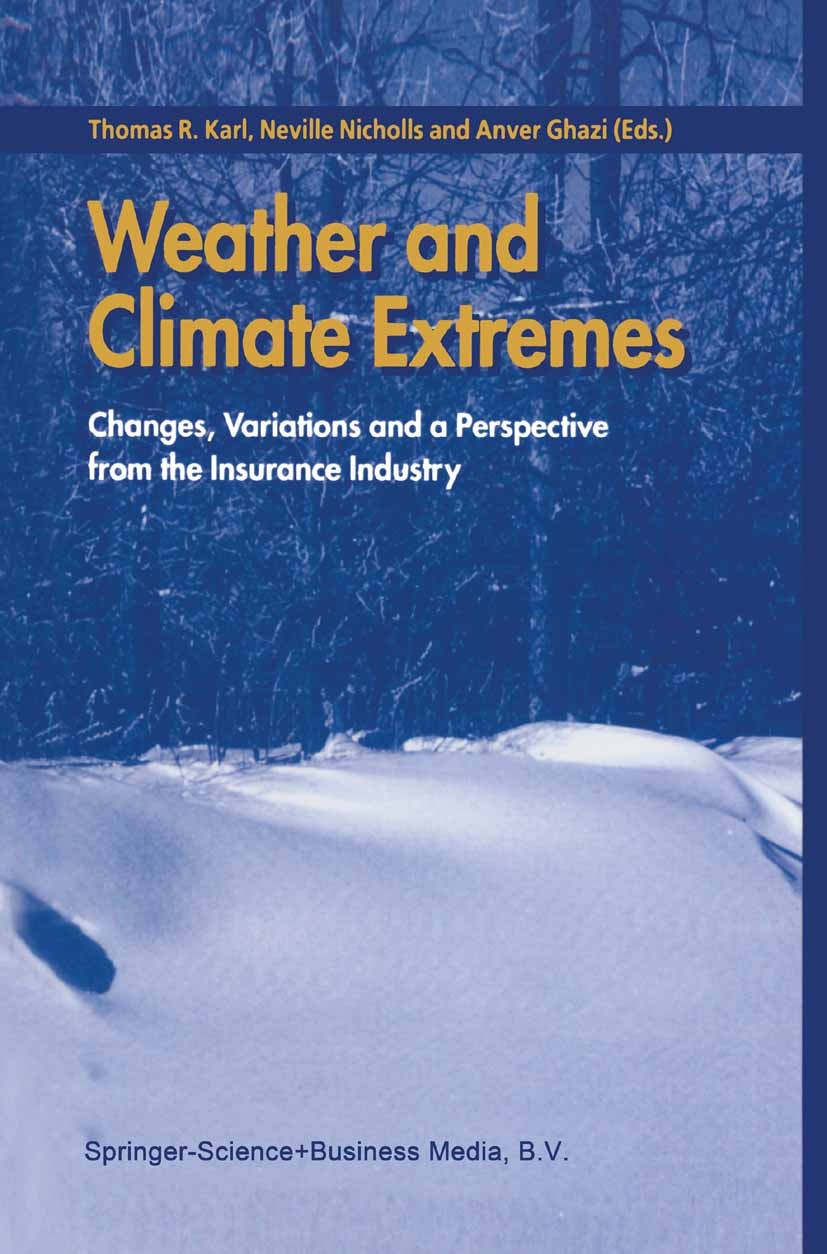Sub-hourly precipitation and rainstorm event profiles in a convection-permitting multi-GCM ensemble
IF 6.9
1区 地球科学
Q1 METEOROLOGY & ATMOSPHERIC SCIENCES
引用次数: 0
Abstract
Extreme precipitation on short, sub-hourly time scales has the potential to trigger flash floods, is a particular threat to urban areas, and is expected to increase with climate change. However, little is known about sub-hourly precipitation extremes in convection-permitting climate models (CPMs). We investigate sub-hourly precipitation in the KIT-KLIWA ensemble — a CPM climate ensemble driven by 3 CMIP5 GCMs coupled to the regional climate model COSMO-CLM. The domain is centred over Germany with a grid resolution of 0.025 °(2.8 km). In an event-based analysis, we compare extreme precipitation down to 5-min resolution for a historical simulation (1971–2000) with the dense radar and raingauge observation network in Germany. We find that 5-min CPM precipitation data adequately reproduces the frequency distribution from radar measurements. To improve the understanding of the precipitation bias in CPM simulations we propose an event-based analysis, that reveals a tendency for the CPM to overestimate the occurrence of longer events, and for a simulation bias in the representation of heavy and short, likely convective, precipitation events. The CPM historical simulations mostly reproduce the event precipitation sum for events leading to 1 h and 6 h annual maxima. Maximum 5-min peak intensities of these extreme precipitation events agree with spatially-aggregated radar data but are well below intensity maxima observed in station data. A dominant (very) front-loaded shape for precipitation events leading to 1 h annual maxima is reproduced by the CPM ensemble. The demonstration that CPMs effectively capture the key features of rainstorm profiles, opens up opportunities for climate change studies and their application in hydrological modelling.

允许对流的多gcm集合中的次小时降水和暴雨事件廓线
短时间、小时以下的极端降水有可能引发山洪暴发,对城市地区是一个特别的威胁,预计将随着气候变化而增加。然而,在允许对流的气候模式(cpm)中,人们对次小时极端降水知之甚少。本文研究了由3个CMIP5 gcm与COSMO-CLM区域气候模式耦合驱动的CPM气候集合KIT-KLIWA的次小时降水。该区域以德国为中心,网格分辨率为0.025°(2.8公里)。在基于事件的分析中,我们将历史模拟(1971-2000)的5分钟分辨率的极端降水与德国密集雷达和雨量观测网进行了比较。我们发现5min CPM降水数据充分再现了雷达测量的频率分布。为了提高对CPM模拟降水偏差的理解,我们提出了一种基于事件的分析方法,该方法揭示了CPM高估较长时间事件发生的趋势,以及在表示重降水事件和短降水事件(可能是对流降水事件)时的模拟偏差。CPM历史模拟主要再现了导致1 h和6 h年最大值的事件降水总和。这些极端降水事件的最大5分钟峰值强度与空间聚合雷达资料一致,但远低于台站资料观测到的最大强度。CPM集合再现了导致1 h年极大值的降水事件的主要(非常)前负荷形状。cpm有效捕捉暴雨剖面的主要特征,为气候变化研究及其在水文模拟中的应用提供了机会。
本文章由计算机程序翻译,如有差异,请以英文原文为准。
求助全文
约1分钟内获得全文
求助全文
来源期刊

Weather and Climate Extremes
Earth and Planetary Sciences-Atmospheric Science
CiteScore
11.00
自引率
7.50%
发文量
102
审稿时长
33 weeks
期刊介绍:
Weather and Climate Extremes
Target Audience:
Academics
Decision makers
International development agencies
Non-governmental organizations (NGOs)
Civil society
Focus Areas:
Research in weather and climate extremes
Monitoring and early warning systems
Assessment of vulnerability and impacts
Developing and implementing intervention policies
Effective risk management and adaptation practices
Engagement of local communities in adopting coping strategies
Information and communication strategies tailored to local and regional needs and circumstances
 求助内容:
求助内容: 应助结果提醒方式:
应助结果提醒方式:


